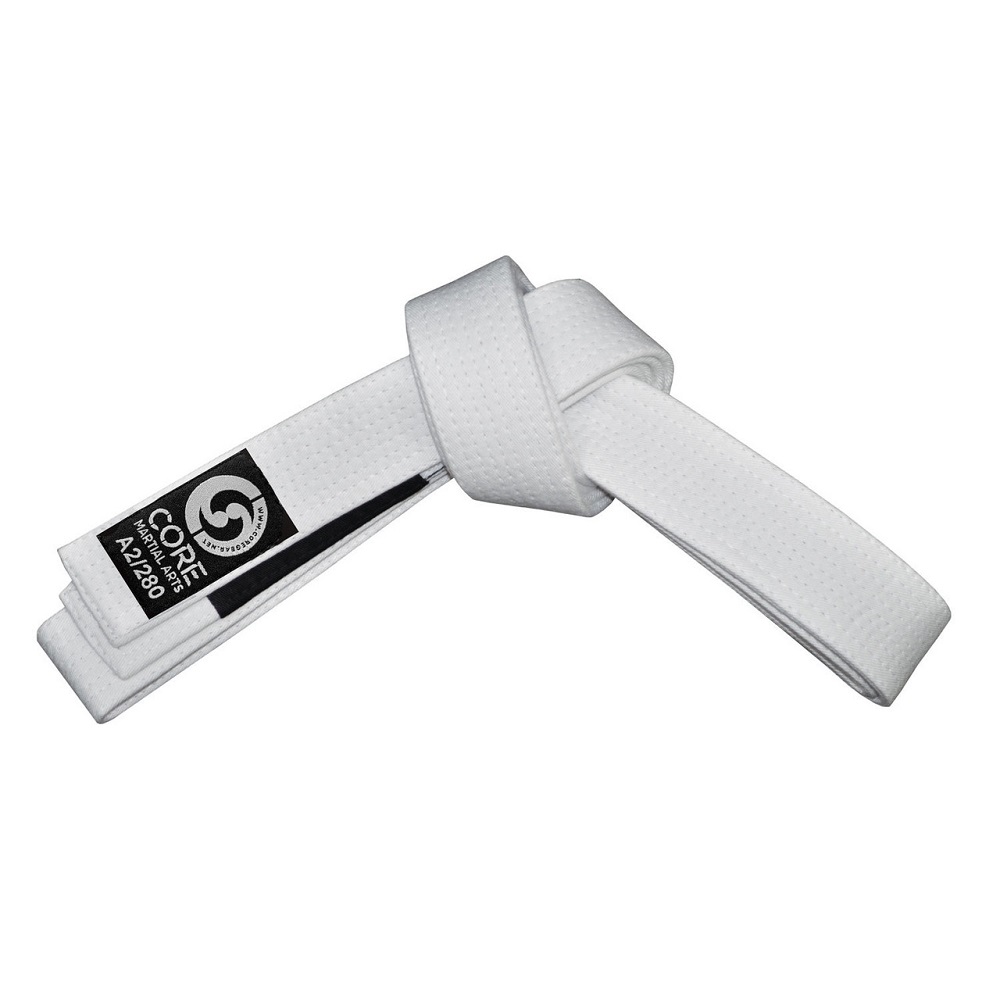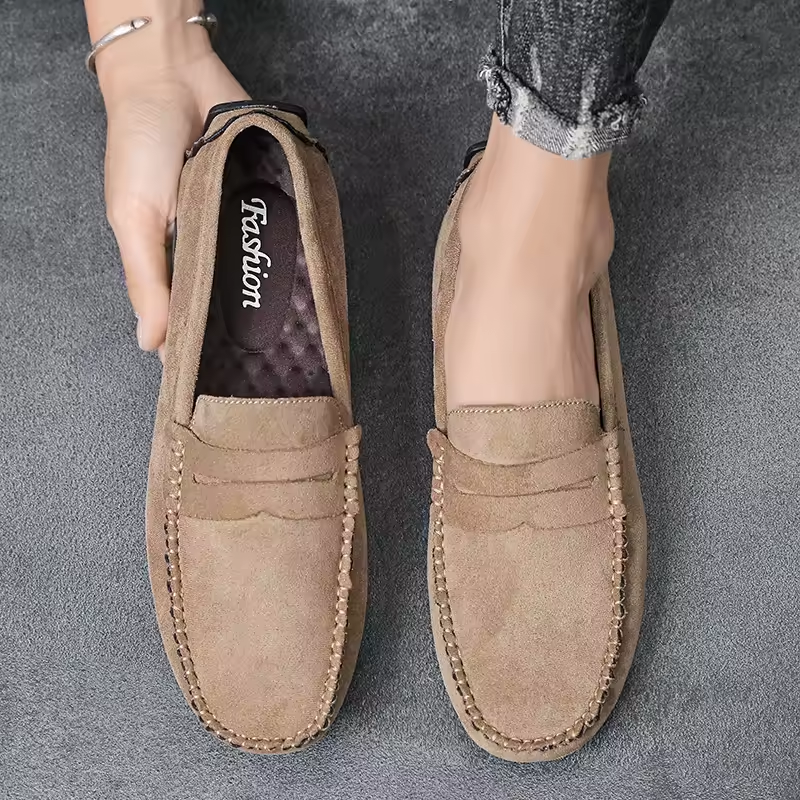In martial arts, the white belt holds special significance. It represents a beginning, a blank slate, and the first step on a transformative journey. When practitioners tie on that white belt, they embark on a path filled with learning, growth, and self-discovery. Setting clear goals is essential for anyone at the white belt level, as it provides direction and motivation for the journey ahead. This article explores the importance of goal-setting for white belt and offers useful strategies to help achieve higher ranks in martial arts.
Understanding the Significance of the White Belt
A Symbol of Beginnings
The white belt is not merely an accessory; it symbolizes the start of a martial arts journey. A white belt signifies that the practitioner is a novice, filled with potential and eager to learn. It represents purity and a beginner’s mind, reminding students that they are at the beginning of their journey. This perspective encourages humility and a willingness to absorb knowledge from instructors and fellow practitioners.
Wearing a white belt creates a strong sense of identity for new students. It fosters camaraderie among peers who share similar aspirations. Every person wearing that white belt is beginning a journey, and this commonality can help build lasting friendships. Understanding its significance can reinforce the sense of commitment toward martial arts training.
Objectives at the White Belt Level
As a white belt, it’s crucial to establish short-term goals that are achievable. These goals serve as stepping stones leading to higher ranks. Objectives may include mastering fundamental techniques, improving physical fitness, or developing discipline and respect for the martial arts. By focusing on foundational skills, practitioners set the groundwork for more advanced training.
At this stage, it’s also vital to learn about the history and philosophy behind the martial art being studied. Knowledge of the cultural and technical elements can enhance the training experience. This understanding can motivate students to be more dedicated and engaged in their practice.

Goal-Setting Strategies
SMART Goals as a Framework
When setting goals, employing the SMART criteria can be incredibly beneficial. SMART stands for Specific, Measurable, Achievable, Relevant, and Time-bound. This framework helps clarify goals and makes them more manageable.
For example, instead of stating, “I want to get better at martial arts,” a SMART goal would be, “I want to learn and demonstrate the basic stances and movements by my next belt promotion test in six months.” By outlining a clear target and timeframe, a practitioner can measure their progress and make necessary adjustments along the way.
Breaking Goals into Actionable Steps
Once goals are set using the SMART criteria, break them down into smaller, actionable steps. This approach allows for gradual progress and helps maintain motivation. For instance, if a goal is to master a specific technique, break it into smaller parts: learn the stance, understand the movement, and practice sparring with it.
Creating a timeline for these steps can keep practitioners on track. Being realistic and flexible is also important. Progress in martial arts may not always happen as quickly as desired, and adjustments may need to be made to the original goals.

Building Consistency in Training
The Importance of Regular Practice
Consistency is key to achieving goals in martial arts. Attending classes regularly helps reinforce learned techniques and ensures steady progress. Training consistently builds muscle memory, improves fitness levels, and enhances confidence. It’s essential to commit to a practice schedule that suits individual needs.
Additionally, attending classes with a focused mindset can significantly impact learning. Being mentally present helps in absorbing instructions better and retaining information. Asking questions during training can clarify concepts and demonstrate dedication. The more engaged a practitioner is during class, the more they will benefit from their training sessions.
Creating a Home Practice Routine
In addition to regular classes, establishing a home practice routine can further strengthen skills. This routine may include practicing techniques learned in class, physical conditioning, and mental visualization of movements. A consistent home practice can complement formal training and prepare practitioners for new challenges.
Using resources such as instructional videos or martial arts books can provide additional guidance. Practicing with a partner can also enhance skills, making drills more dynamic and realistic. By focusing on home practice, practitioners can continue progressing even outside of scheduled classes.

Tracking Progress and Growth
Journaling Your Journey
Keeping a training journal is an excellent way to track progress and document experiences. In this journal, practitioners can record skills they are working on, thoughts about each training session, and personal reflections on their journey. This practice helps in recognizing achievements and identifying areas for improvement over time.
Reflecting on the journal entries allows practitioners to see the tangible progress they’ve made. It also provides motivation during challenging times. Reading past entries can be a reminder of how far they’ve come and reinforce their commitment to growing within the martial art.
Seeking Feedback from Instructors
Feedback from instructors is instrumental for growth at the white belt level. Engaging in regular communication with instructors can provide insights that may be overlooked by the practitioner. By asking for constructive criticism, students can gain valuable information to improve their techniques and overall performance.
Instructors can help in setting more advanced goals once a student has a solid foundation. Engaging in open discussions about progress and future objectives fosters a supportive learning environment. This interaction can deepen the mentor-student relationship, enhancing the overall training experience.

Cultivating a Positive Mindset
The Power of Positivity
A positive mindset is crucial for success, especially in martial arts. Challenges and setbacks are common along the journey. Embracing these obstacles with a positive attitude can foster resilience and determination. Instead of focusing solely on the difficulties, it’s important to celebrate small victories, which collectively contribute to overall growth.
Practicing mindfulness techniques can also help maintain a positive attitude. Breathing exercises or meditation can enhance focus and reduce anxiety during training. A clear mind allows for better learning and adaptability, essential traits for martial artists at any level.
Surrounding Yourself with Supportive Peers
Building a support network with fellow practitioners can enhance motivation and create a positive atmosphere. Sharing goals with partners and celebrating each other’s successes fosters community within the dojo or training space. Surrounding oneself with encouraging peers can provide the emotional boost needed during tough training sessions.
Participating in group activities or socializing outside of classes can strengthen these bonds. As fellow students share similar experiences and frustrations, having a supportive network enhances the training experience. This camaraderie can make the rigorous journey more enjoyable and fulfilling.

Understanding the Path Ahead
The Journey from White to Higher Ranks
The journey from a white belt to higher ranks can seem daunting, but it is essential to keep perspective. Each belt earned represents dedication, hard work, and growth. The skills learned during each level contribute to developing a well-rounded martial artist.
It’s important to understand that this journey is unique for everyone. Each practitioner will progress at their pace, and comparing oneself to others may lead to discouragement. Focus on personal achievements and recognize that every step taken, no matter how small, contributes to reaching the next level.
Setting Long-Term Goals
While short-term goals are essential for immediate progress, it’s also valuable to set long-term goals. Long-term goals provide a direction for the overall martial arts journey. An example could be aiming to earn a black belt or participate in competitions.
Having these long-term aspirations can fuel motivation during the day-to-day grind of training. By breaking down this larger goal into smaller, achievable milestones, practitioners can stay focused and committed to their journey.
Celebrating Milestones and Achievements
Recognizing Progress
Celebrating milestones along the journey is crucial for maintaining motivation. Earned achievements, such as learning a new technique or passing a belt test, should be acknowledged and celebrated. Recognizing these accomplishments boosts confidence and reinforces the commitment to improvement.
Finding ways to celebrate can also be personal. Some may choose to reward themselves with treats or outings, while others may want to share their success with friends and family. Creating a personal ritual can help integrate success into a broader life philosophy.
Encouragement for Future Growth
As practitioners progress on their martial arts journey, the importance of setting new goals and facing challenges grows. Each belt represents a phase of learning and a stepping stone to greater mastery. With every achievement, practitioners should look ahead to what lies beyond their current rank.
In conclusion, the white belt is the beginning of an exciting journey filled with potential. By setting clear goals, maintaining a positive mindset, and celebrating milestones, practitioners can navigate their path toward higher ranks in martial arts. This approach fosters a deeper connection to the art and creates lasting skills that extend beyond the dojo. Embrace the journey, stay committed, and let each step forward on the path shape you into a stronger martial artist.











